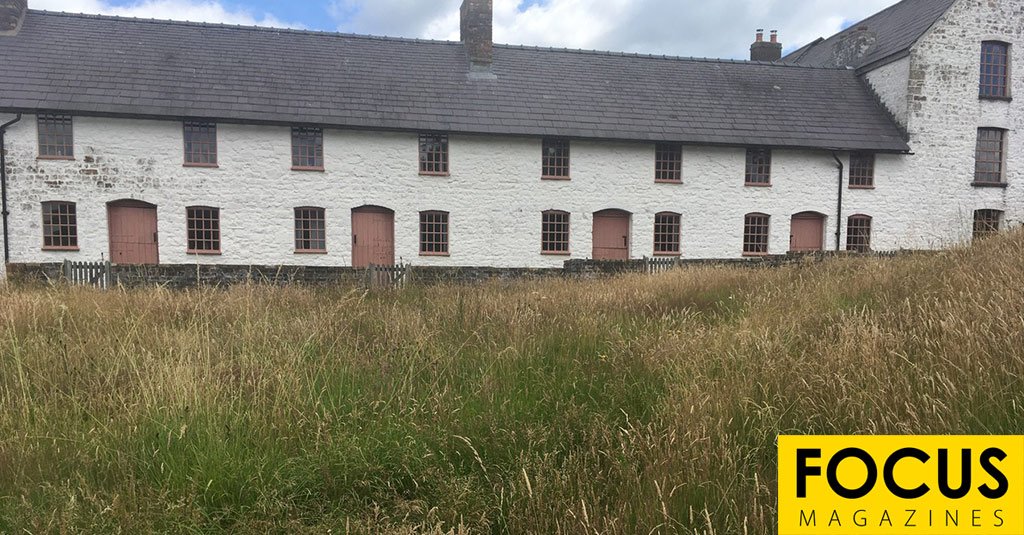Rich deposits of coal, iron and limestone under the Blorenge and nearby hills fuelled the burgeoning industrial revolution. Helen Morgan from Abergavenny Local History Society reports.

Thomas Hill, with his industrialist partners Thomas Hopkins and Benjamin Pratt, recognised Blaenavon’s potential in 1782, and made the decision to open a coal mine and iron works in what was a rural hamlet. The Blaenavon Company was soon sending pig-iron and later wrought-iron for bridges, ships, railway lines, engines, tools and machines across the world. Chapels were built as the hamlet became a town.
In 1789 it was Blaenavon that harnessed the power of steam to blow air into its huge blast that furnaces. Almost a century later it was here that Sidney Gilchrist Thomas transformed the world’s steel industry by inventing a method to solve the problem of removing phosphorus during the conversion of pig-iron into steel. Thomas’s invention consisted of using dolomite or limestone linings for the Bessemer converter rather than fireclay. With the addition of lime to form a basic slag, the phosphorus was converted to less harmful phosphates that would then separate from the metal into the slag. Another advantage was that the Bessemer process was now producing a more basic slag in the converter, and this could be recovered and used profitably as a phosphate fertiliser. The ruins of the furnaces are visible today alongside the remains of the foundry, cast house and water balance tower.
Ruthless industrialists ran Blaenavon. But it would have been nothing without its workers many of whom lived just yards away in Stack Square. Built between 1789 and 1792, these buildings housed key workers, the company store or truck-shop, the counting house and possibly the manager’s house. Keeping the furnaces burning was like hard labour. Working 24 hours a day, in 12-hour shifts, seven days a week, the workforce including children was in constant danger from fire or molten metal, poisonous fumes and heavy machinery. In 1842 Government inspectors discovered 185 children working at the ironworks and surrounding mines. But furnace manager William Lloyd was far from sympathetic. Recalling that he been sent aged eight to work in a Staffordshire ironworks, he said: “They work in some heat in the summer and sometimes get burned, but not very bad. I worked a good deal harder than the boys do here.”
Mike Woodward’s talk in the Melville Theatre on February 22nd starts at 7.30pm. To reserve a seat email alhs.talks@outlook.com. It is also available to members via Zoom.
abergavennylocalhistorysociety.org.uk
Helen Morgan










